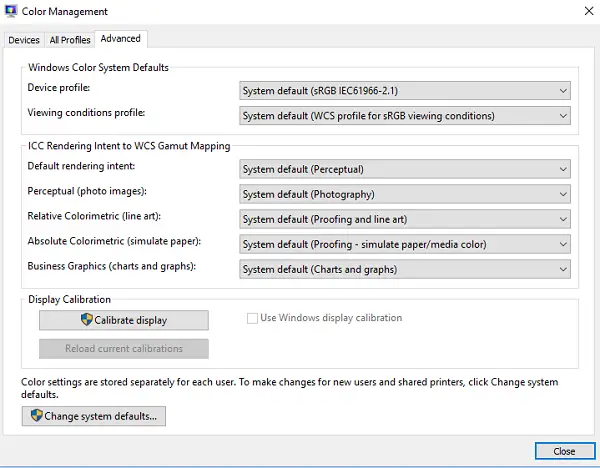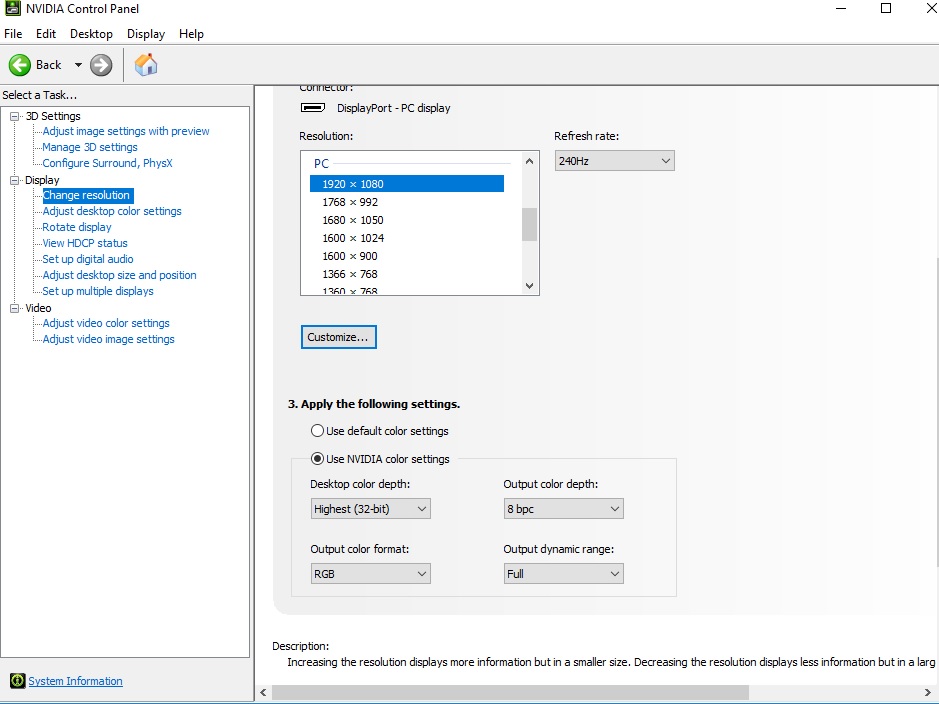
This will give you an initial improvement, but it still might not be as bright as you want it or as bright as your display was before enabling HDR. If you click on it, you will be shown more advanced settings surrounding HDR.įrom here, you can select if you want HDR to work when streaming video and the brightness balance, which we are interested in at the moment.ĭrag the brightness slider under ‘HDR/SDR brightness balance’ title all the way to the right (100). If you right-click the mouse button on the desktop, then left-click on ‘Display Settings’, you will open the settings related to your display.Ībove the ‘Use HDR’ toggle switch is a hyperlink called ‘Windows HD Color Settings’. One of the first adjustments to set, is the HDR/SDR brightness balance. In most cases, this means that it’s not color strength that needs adjustment, but more likely the brightness or gamma.

In general, I have noticed that this washed out effect is a matter of insufficient luminance instead of chrominance. It is only meant to be a convenient and easy hack to bring your display back to a reasonable display quality when using the Windows 10 desktop environment.

Note: This tutorial is not intended for display purists. The quickest way to resolve the post HDR washed-out effect is to adjust the HDR brightness to maximum and install an ICC color profile for your specific monitor.

For myself, this is too much of a pain, and I decided to work on a solution myself that would avoid doing this. One common solution I found was toggling the HDR mode every time you wanted to view HDR content. After looking around on the internet for solutions, I was surprised to find very little in the way of something that actually worked.

I recently upgraded my monitor and noticed that HDR looked washed out when I enabled it in Windows 10.


 0 kommentar(er)
0 kommentar(er)
